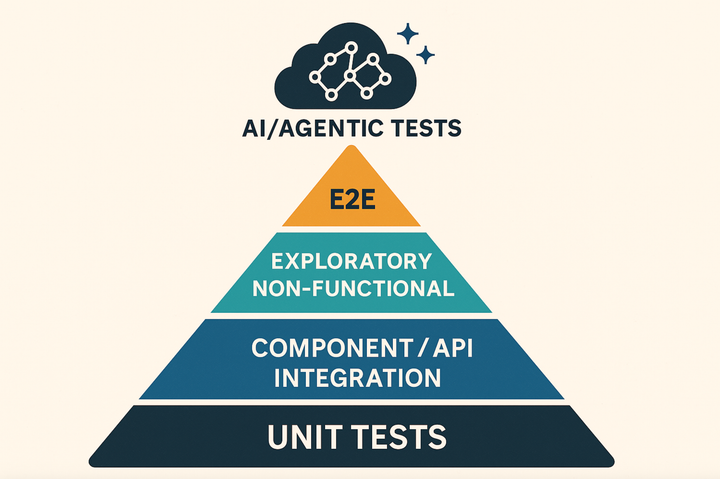💡 15+ Years in Quality Engineering: 10 Lessons They Don’t Teach You

When I started in QA nearly two decades ago, I thought my job was to find bugs.
That was the surface.
What I’ve learned since — often the hard way — is that quality runs far deeper.
It’s not just about test cases, frameworks, or pipelines.
It’s about trust. Alignment. Culture. Decisions under pressure. And sometimes... being the only one in the room willing to say “not yet.”
After 15+ years in this field — and years leading Quality Engineering orgs — here are some of the hardest-earned, most important lessons I’ve learned.
1. Flaky Tests Aren’t the Problem — They’re the Symptom
Flaky tests are easy to blame. But the root cause is usually buried in deeper issues: unstable environments, shared state, hardcoded data, brittle assertions, or chaotic CI pipelines.
Debug the flake, sure. But then go upstream.
Flakiness is a red flag waving at architectural debt.
2. Confidence > Coverage
Code coverage is a number. Confidence is a feeling.
You can have 95% coverage and still not trust your test suite — because it doesn’t validate what actually matters.
The better question is:
Can we ship this right now with high confidence?
If not, coverage is irrelevant.
3. Quality Is a Culture, Not a Phase
If your org treats QA like the “last line of defense,” you’re already on defense.
Quality isn’t a gate at the end — it’s a mindset baked in from the start.
It happens in product specs, pull requests, API design, testability reviews, and CI pipelines.
The more your team shares ownership of quality, the less you rely on heroics.
4. Metrics Lie Without Alignment
Pass rate, bug count, test velocity — metrics are meaningless if your team isn’t aligned on what quality means.
I’ve seen teams hit every KPI and still ship something nobody wants or trusts.
Set shared goals. Define risk together. Metrics should serve alignment, not replace it.
5. You Can’t Automate Your Way Out of a Trust Gap
I’ve built world-class automation that nobody used.
Why?
Because developers didn’t trust it. Product didn’t understand it. Leadership didn’t value it.
If your team doesn’t trust your tests, they’ll ignore the results.
Automation has to be fast, stable, relevant — and respected.
6. The Right People Beat the Right Tools
Frameworks come and go.
But the thinking behind your test strategy — that’s what scales.
Hire curious minds who understand risk, coverage, business value, and engineering empathy.
The tools will follow.
7. Sometimes the Best QA Decision Is Saying “No”
“No, this isn’t ready.”
“No, we can’t test that in time.”
“No, we don’t have reliable data.”
Being the voice of friction is hard — but often necessary.
Done right, that “no” isn’t a blocker.
It’s a redirection toward better outcomes.
8. Great QA Work Is Invisible — Until It’s Not
Nobody notices the tests that prevent bugs.
Nobody sees the dashboards that kept the team aligned.
Nobody claps when a release goes smoothly.
But miss one high-risk scenario — and suddenly, everyone notices.
This work requires internal pride and strong leadership.
Celebrate small wins. Make quality visible.
9. Leadership Means Asking Better Questions
As a QE leader, your job isn’t just to know — it’s to clarify.
“What problem are we solving?”
“What’s the risk if this fails?”
“Who owns this long-term?”
Better questions lead to better alignment — and better outcomes.
10. You Are the User Advocate in the Room
Engineers want to ship.
PMs want velocity.
Leadership wants results.
Sometimes you’re the only one asking:
“Does this feel right?”
“Is this usable?”
“Would you trust this?”
Never underestimate the power of the user-first lens.
What Quality Really Means
Quality isn’t just about testing.
It’s about building confidence.
In the product.
In the process.
In each other.
These lessons didn’t come from textbooks.
They came from broken releases, 2AM hotfixes, leadership challenges, and hard conversations.
And I’d do it all again.
Because when you get quality right, everything else moves faster.



Comments ()